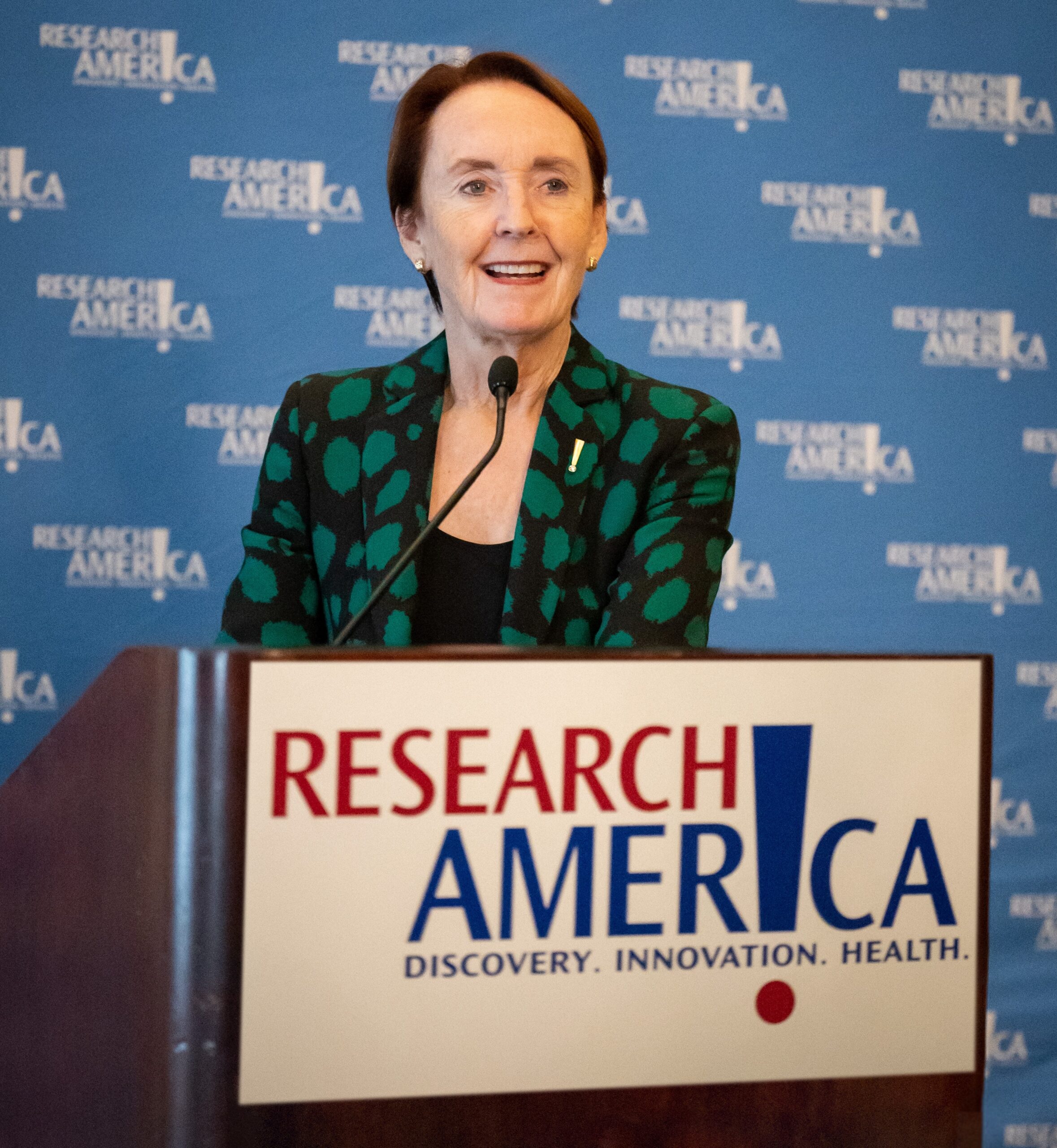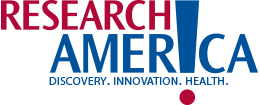Haunted by Gridlock

Nearly three-quarters of the American public plans to celebrate Halloween. According to the National Retail Federation, Americans will spend about $13 billion on Halloween candy, costumes, parties, decorations, and more – a record amount. For comparison’s sake, that spending exceeds the entire budget of the NSF or the CDC in FY25.
Don’t get me wrong: It’s not about denying a fun tradition (have you seen me in my orange witch hat?) Instead, this shines a bright spotlight on the increase in cents on the federal dollar that research funding should receive to achieve better health, prosperity, and security for all.
Shutdown Update: The government shutdown has entered its fifth week. Efforts on the Senate side to pass at least some of the 12 FY26 appropriations bills, including the Labor-H bill (which funds NIH, CDC, AHRQ, BARDA, and other research and public health agencies), are in the early test-run phase. The hurdles for these bills are steep, but the efforts represent a glimmer of hope. There is no question that pressure continues to mount as federal workers will miss paychecks; safety-net programs face dire funding shortfalls; and the Affordable Care Act (ACA) open-enrollment period begins with significant premium increases expected.
U.S. Biotech in the Spotlight: Yesterday the Senate HELP Committee held a hearing focused on the future of biotech, with an emphasis on propelling treatments for rare diseases and maintaining U.S. leadership in the biotech arena. Biotech companies, which often bridge academia and industry, are an essential part of the U.S. R&D pipeline, argued John Crowley, President and CEO of BIO: “The United States has led the world in biotechnology for decades — not by chance, but by design. A science-driven, well-resourced, and globally respected biotechnology ecosystem is essential to not only provide Americans health and hope but also to provide national security.” John and other witnesses also connected the dots between robust NIH investment, biotech, and the solutions patients (all of us) need.
Is your House representative a member of the BIOTech caucus? Use this editable email to quickly make (and deliver) the case to your representative and senators.
And speaking of connecting the dots…
A Picture of the R&D Pipeline: One question research advocates are asked is how discoveries in the lab become lifesaving treatments — who is responsible for what, and how progress actually happens. This Research!America infographic offers a big-picture view of the R&D pipeline, illustrating the public-private sector continuum from discovery to delivery. It’s a quick, visual way to show that progress depends on sustained time, talent, and investment across multiple sectors and stages of research.
Use this resource when interacting with congressional offices to emphasize that each part of the research pipeline plays a distinct and essential role — progress slows when any segment is underfunded or otherwise weakened.
Another Advocacy Resource: Don’t miss this advocacy primer from the Society for Women’s Health Research. This helpful guide provides tips and tools for getting started with advocacy, understanding the difference(s) between advocacy and lobbying, meeting with lawmakers, and strengthening your message. This resource also includes templates to use when planning your advocacy and reaching out to congressional staff. Download the PDF here.
New Findings Surrounding Trust: A new Axios/Ipsos American Health Index survey indicates that Americans continue to find the current public health information landscape challenging. Currently, 54% of Americans trust the CDC, down from 66% in December 2024, while trust in the FDA has declined from 60% to 52% in the same time frame. Also, parental support for following CDC-recommended child immunization schedules dropped to 74% from 81% in March.
 Civic Science Funding Opportunity: Power your public engagement with Research!America! We are accepting applications for the 2025-2026 cohort of our Civic Engagement Microgrant Program, which provides funding to groups led by STEMM post-docs, as well as graduate and professional students, for projects related to public engagement. Applications are also open for Public Engagement Content Awards that fund the development of open-access curricula designed to help researchers connect effectively with non-scientific audiences.
Civic Science Funding Opportunity: Power your public engagement with Research!America! We are accepting applications for the 2025-2026 cohort of our Civic Engagement Microgrant Program, which provides funding to groups led by STEMM post-docs, as well as graduate and professional students, for projects related to public engagement. Applications are also open for Public Engagement Content Awards that fund the development of open-access curricula designed to help researchers connect effectively with non-scientific audiences.
Apply for these programs here by Friday, Nov. 21, 2025. Join us on Friday, Oct. 31, from 11 a.m. to noon ET for a webinar featuring three recipients of the inaugural Public Engagement Content Awards. Register now.
Fall Events: Mark your calendar:
- Our next alliance member-only meeting will take place on Tuesday, Nov. 4, at noon ET, with Adrienne Hallett, director of the Coalition for Life Sciences and Mark Vieth, senior vice president at CRD Associates. Adrienne and Mark will share the latest insights from Capitol Hill and discuss the implications for NIH, the Congressionally Directed Medical Research Programs, and other research and public health priorities. Email Jacqueline Lagoy for the Zoom registration link.
- We are hosting a Health Services Research (HSR) Capitol Hill Briefing on Monday, Nov. 17, at 8:30 a.m. ET (breakfast will be served). This briefing will shed light on the role of HSR, an undervalued and underutilized area of research critical to ensuring that medical progress translates into patient benefits. The briefing will be held at 2044 Rayburn House Office Building, 45 Independence Ave SW, Washington, D.C. Register here.
Support Our Work: We receive frequent feedback and insights about this weekly letter. Your feedback matters to us and your financial support does too! Your support enables us to provide this resource, host alliance member-only meetings, and engage in intensive advocacy side by side with you. Consider a donation to help Research!America continue and expand the resources we provide and advocacy we do. And know that we appreciate your interest, engagement, and partnership. Donate now.




